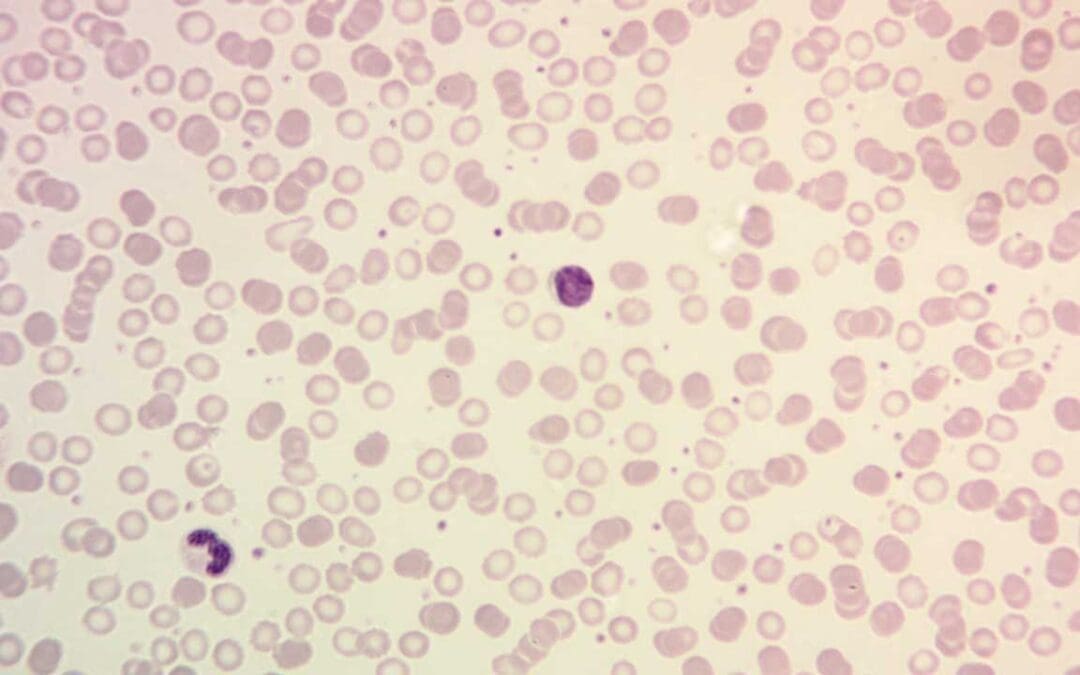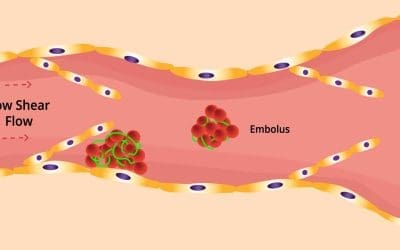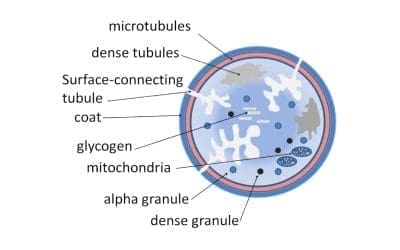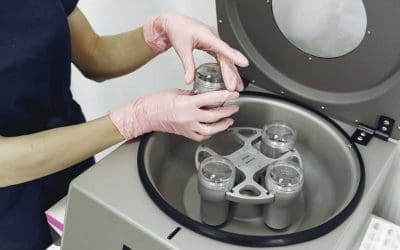Heparin-induced thrombocytopenia (HIT) is a rare but serious reaction to heparin. It causes low platelet counts & raises clotting risk. Early diagnosis and stopping heparin are crucial.
Thrombophilia
Thrombophilia is an increased tendency to form blood clots. It can be inherited or acquired, raising the risk of DVT, PE, and other thrombotic events. Understanding its causes and management is crucial.
Catastrophic Antiphospholipid Syndrome
Catastrophic Antiphospholipid Syndrome (CAPS) is a rare, severe autoimmune disease causing rapid-onset, widespread blood clotting and multi-organ failure. Prompt diagnosis and aggressive treatment are crucial for survival.

Thrombocytosis (High Platelet Count)
Thrombocytosis: High platelet count. Can be reactive (due to other conditions) or essential (bone marrow disorder). Learn causes & significance.

HELLP Syndrome
HELLP syndrome: A serious pregnancy issue with hemolysis, elevated liver enzymes, and low platelets. Requires urgent care.

Henoch-Schönlein Purpura (HSP)
Henoch-Schönlein purpura (HSP): Palpable rash, joint & belly pain, often in kids. Usually resolves in weeks, but need to monitor kidneys.
Venous Thrombosis (VTE)
Venous thromboembolism: Unilaterla leg pain with lungs at risk. Master Virchow’s triad (stasis, hypercoagulability, injury), recognize DVT & PE, and advocate for early diagnosis & prevention.
Arterial Thrombosis
Heart attacks, strokes, amputations: All linked to one silent threat. Explore the world of arterial thrombosis and learn how to prevent it.
Platelet Aggregation Test (PAT)
Platelet aggregation test: Checking how blood cells clump to form clots using different agonists.
Physiology of Hemostasis
Hemostasis is the remarkable biological process that keeps our blood flowing within the confines of our vascular network.
Platelet
From their role in wound healing to their potential for causing harm, platelets are a captivating paradox.
Manual APTT Mixing Studies
Manual APTT mixing studies involve mixing patient plasma with normal plasma or specific factor concentrates to differentiate factor deficiencies from inhibitors






